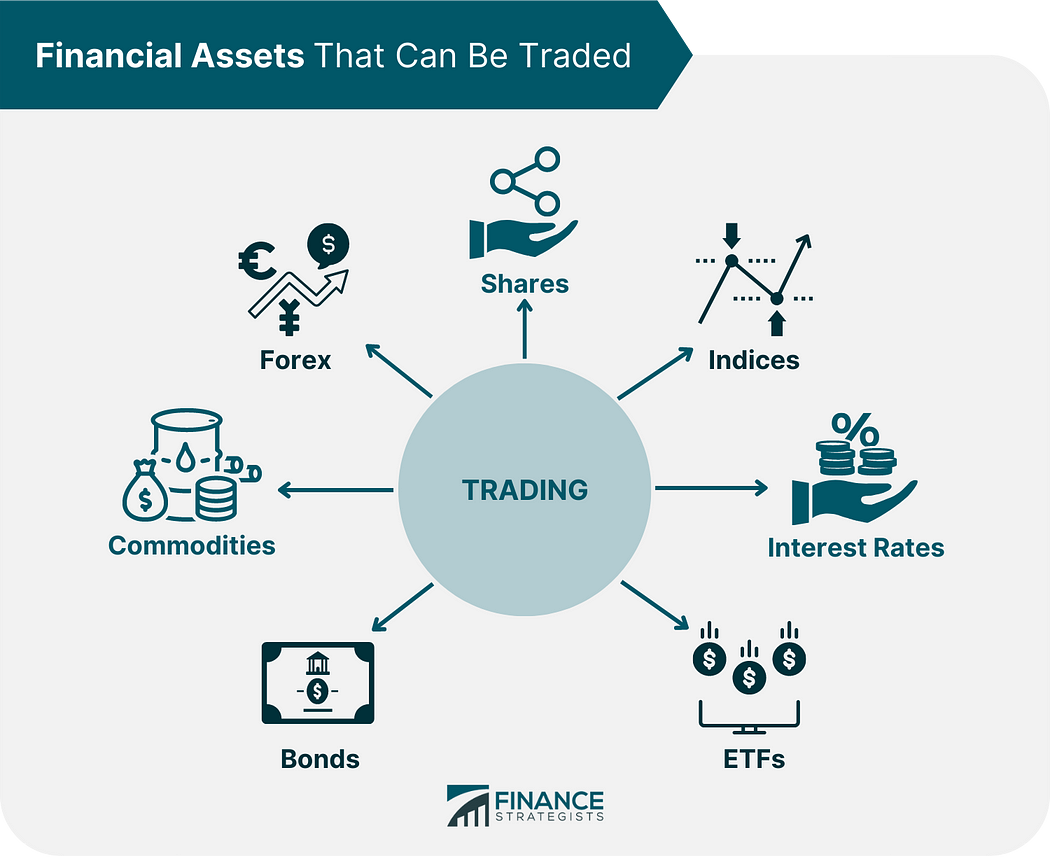The main 4 types of stocks 👍
Stocks, also known as equities, represent ownership in a company. When you buy a share of a stock, you become a part owner of that company, and you have a claim on its assets and earnings. There are four main types of stocks: Common stock, Preferred stock, Blue-chip stocks, and Penny stocks. Each type of stock has its own unique characteristics, advantages, and risks.

1. Common Stock
Common stock is the most well-known type of stock. When people talk about buying or selling stocks, they are usually referring to common stock. Common stockholders have voting rights, meaning they can vote on important company decisions, such as electing board members or approving mergers and acquisitions. They also have the potential to earn capital gains, which is the difference between the price they paid for the stock and the price they sell it for.
However, Common Stockholders are last in line to receive dividends or distributions, which are payments made to shareholders from the company’s profits. If the company goes Bankrupt, common stockholders are also last in line to receive any remaining assets.
2. Preferred Stock
Preferred stock is a type of stock that has a Higher Claim on the company’s Assets and Earnings than common stock. Preferred Stockholders typically receive a fixed dividend, which is a predetermined percentage of the stock’s par value. This means that preferred stockholders receive a fixed amount of money every year, regardless of how well the company is performing.
Preferred stockholders do not have voting rights, but they are usually guaranteed to receive their dividends before common stockholders. In the event of a company bankruptcy, preferred stockholders have a higher claim on the company’s assets than common stockholders.

3. Blue-Chip Stocks
Blue-chip stocks are shares of large, well-established companies with a Long history of stability and growth. These companies typically have a strong reputation and are leaders in their respective industries. Examples of blue-chip stocks include Apple, Microsoft, and Coca-Cola.
Blue-chip stocks are considered less risky than other types of stocks because they have a proven track record of success. They also tend to pay regular dividends, which can provide a steady source of income for investors.
4. Penny Stocks
Penny stocks are shares of small, relatively unknown companies that trade for less than $5 per share. These stocks are considered high-risk because they are often associated with companies that are new, untested, or struggling financially. Penny stocks are also More Volatile than other types of stocks, meaning their prices can fluctuate widely over short periods of time.
Investing in penny stocks can be lucrative if you pick the right company at the right time, but it can also be a quick way to lose money if the company fails. For this reason, penny stocks are generally not recommended for beginner investors or those with a low tolerance for risk.

In conclusion, there are four main types of stocks: common stock, preferred stock, blue-chip stocks, and penny stocks. Each type of stock has its own unique characteristics, advantages, and risks. As with any investment, it’s important to do your research and understand the potential risks before making a decision to invest.
Comments
Post a Comment